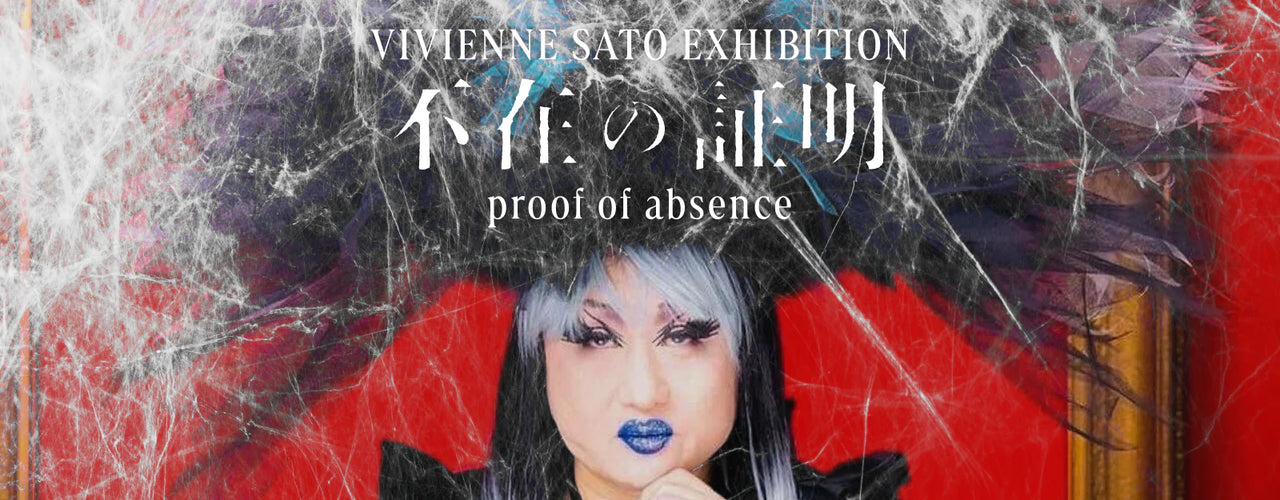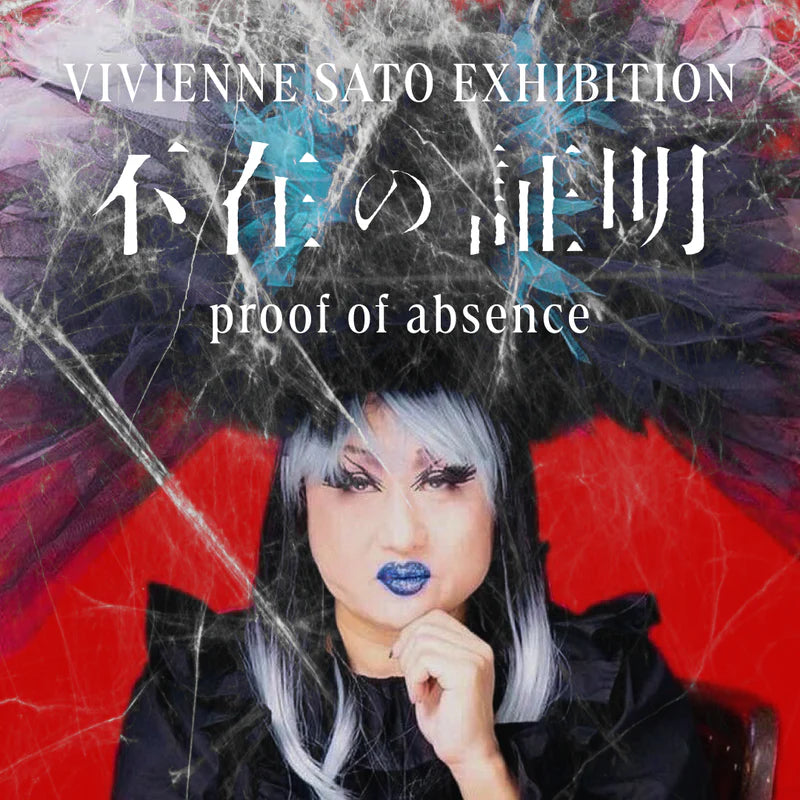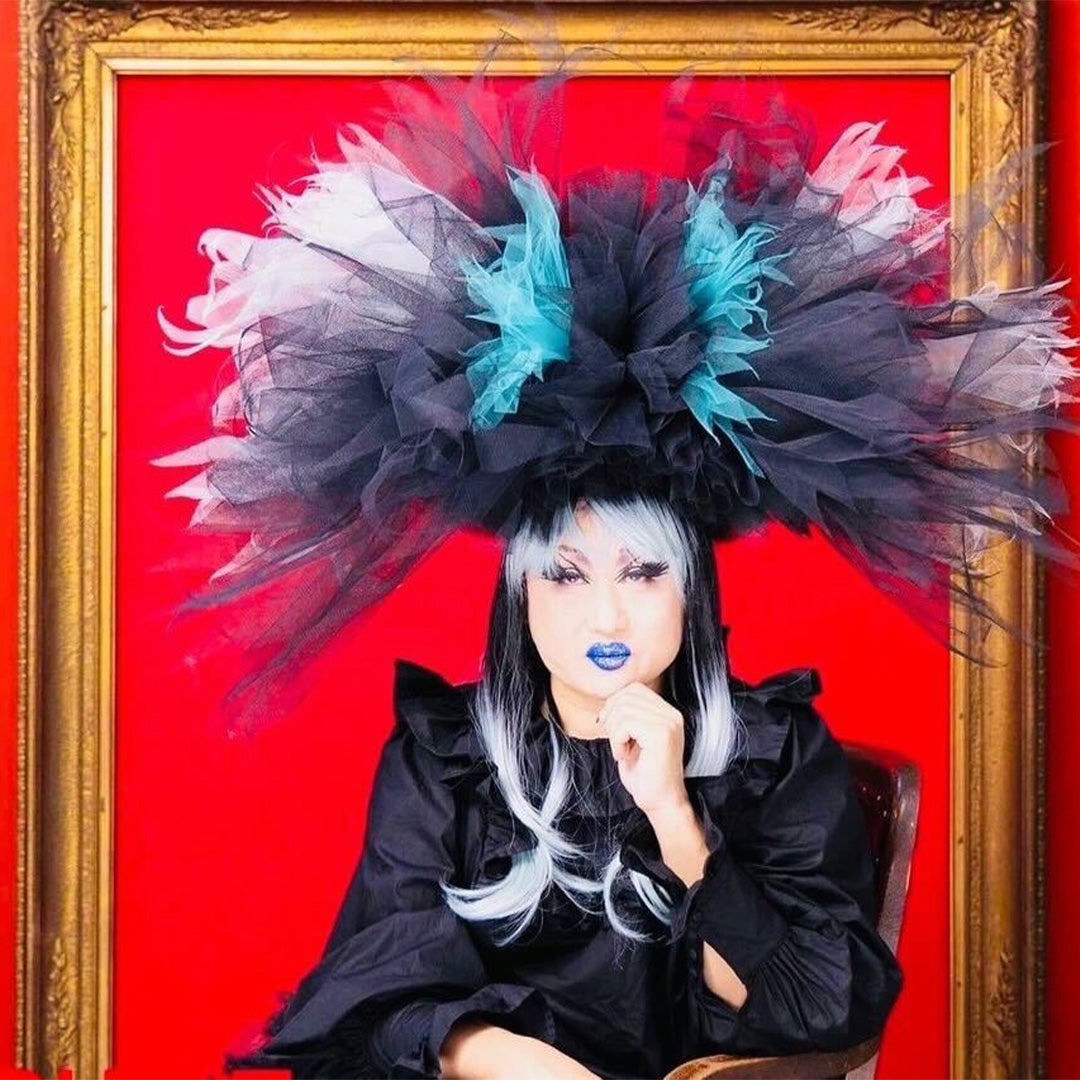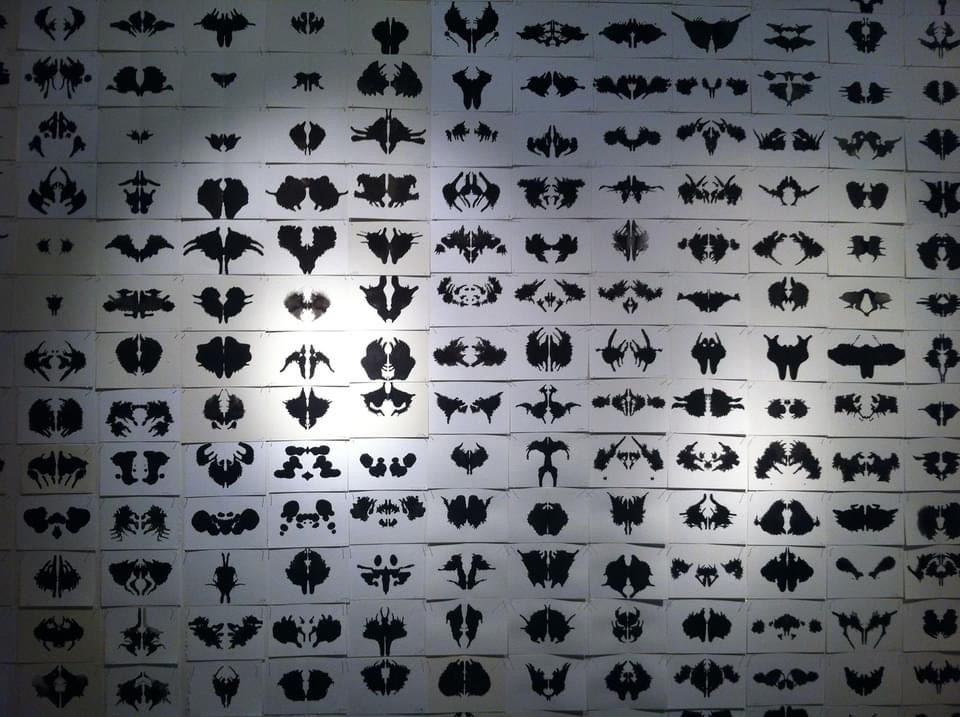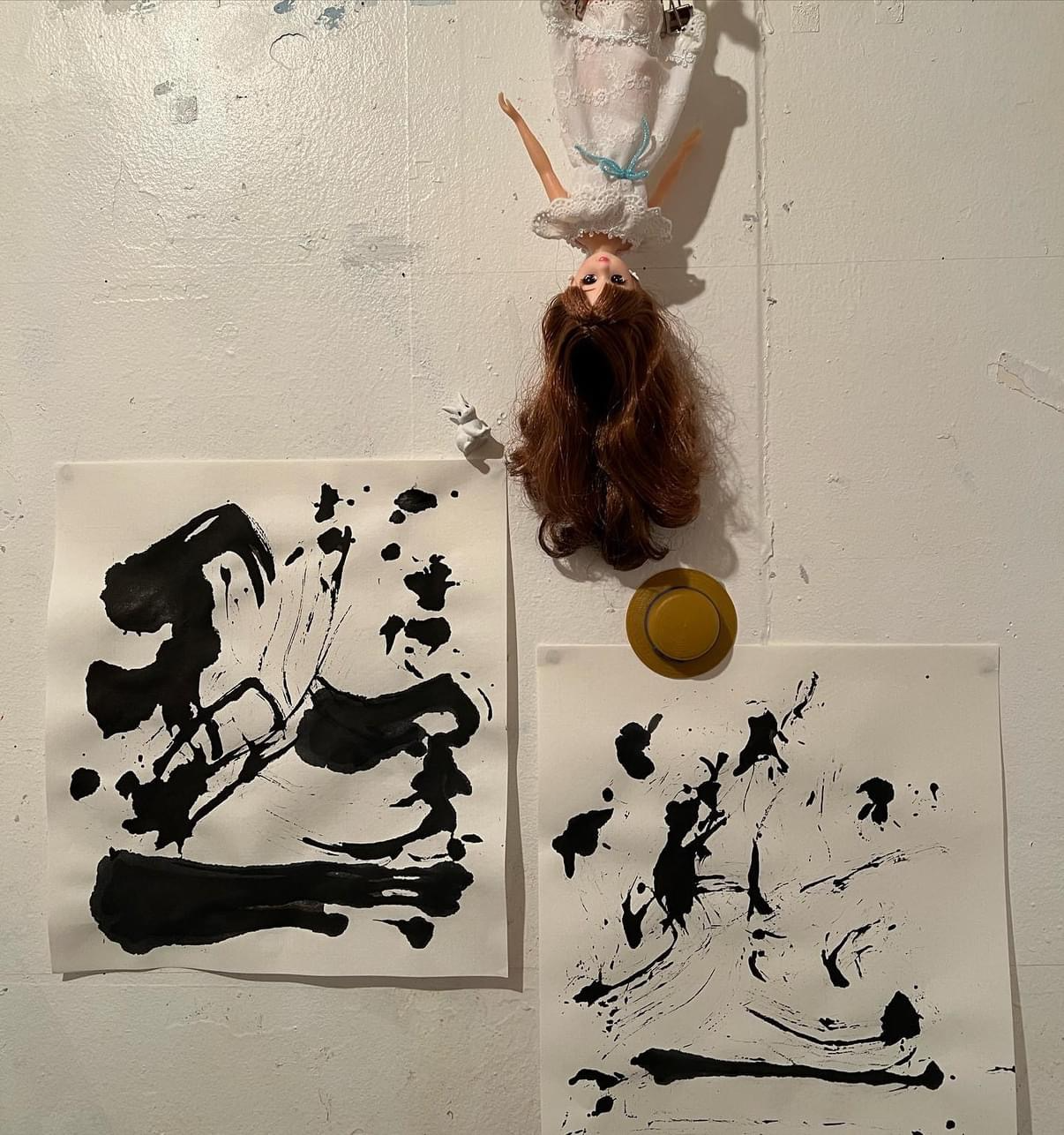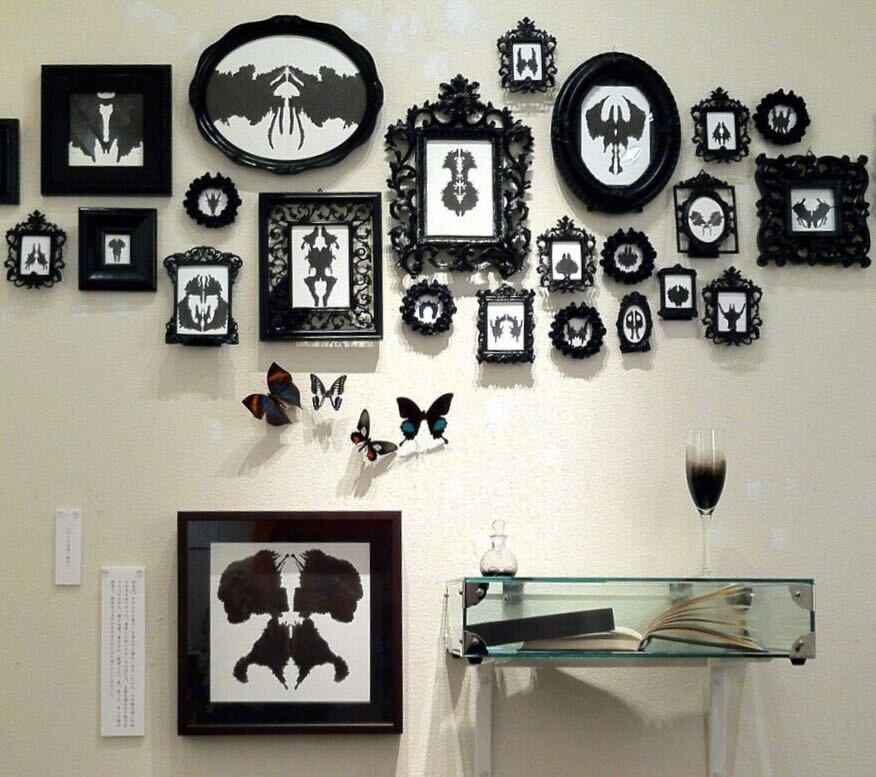YUGEN Gallery will be holding Vivienne Sato's solo exhibition "proof of absence" from Saturday, June 8th to Monday, June 17th.
Imagining something that doesn't exist
Vivienne Sato, who is active across a range of fields including drag queens, "non-architects" who do not build buildings, film critics, and town revitalization projects across the country, presents an exhibition entitled "Proof of Absence."
As a contemporary artist, he has demonstrated his diverse talents through his two-dimensional works inspired by the Rorschach test used in psychoanalysis, three-dimensional works using headdresses, watercolor paintings such as "Portrait of You" that capture the aura of others through dialogue, and calligraphy that focuses on words and explores the relationship between art and words. In this exhibition, he also presents works that attempt to express "non-existence," or things that do not exist, using techniques that transcend dimensions.
Vivienne Sato advocates the concept of "unbuilt architecture," saying that architecture is not just about physical objects such as houses and buildings, but about a way of thinking. The underlying principle of her creations is "non-existence." He encourages the imagination to consider what exists here and now and what does not exist here.
For example, a place that cares for the socially vulnerable is not just a building to house people, but also a place of comfort and words. Values are not fixed to gender, which is classified based on biological appearance. It makes us realize that our thoughts do not take shape in reality.
"When we question content and form in art, what do we see before our eyes? Is the mass production/contracting of infinite images of 'archetypes' and their 'repetitions' still a hell of a simulation, or is it a lukewarm breeding ground that we can only enjoy?"
Imagining what is difficult to see because it is visible to the eye. If art is the act of making the invisible visible, then the essence of Vivienne Sato's expressive acts can also be said to lie in making the visible invisible.
Pulling at the threads that are strung together
One of the highlights of this exhibition is the work that uses spider webs and other mesh motifs, which seems to be a homage to his own art.
"I have been making miniature paintings since I was a teenager, but this is similar to the white space phobia of Western painting, which tries to fill the canvas with images, and in fact it is a sensibility that is far removed from my current age. However, my past has made me who I am today, and without denying that, I want to give life to my past works from the present. At the same time, you could say that I am also influenced by the future. I believe that the past and the future run parallel to the present."
Various elements of the past are intertwined, frayed in places and knotted tightly, influencing the "shape" and tendencies of our present actions. It can be retold and redeemed at any time, like unraveling a thread, and at the same time, it can be said to shape the future. The work, which gives a sense of the time that is woven throughout our lives, will allow viewers to imagine the non-existent times of the past and future in the light of their own experiences.
Other exhibits include a three-dimensional frame containing a fragment of a page from one of the novelist Kafka's final works, a tarantula shell, and a work by Vivienne Sato that makes you feel as if you have wandered into a brothel through a peephole. The key to understanding these works is the sketch drawings. Sketch drawings reveal the process by which an artist puts into words the emotions and ideas that led them to create a work, then turns them into images and creates a rough sketch.
Vivienne Sato likens art appreciation to the mystery of suspense movies and dramas, and presents reference images, drawings, and texts as material for exploring the truth behind her own works. By presenting the artist's flow of thought leading up to the completion of the work, including ideas that were not adopted, visitors can feel the thrill of deciphering the work, making for a more multifaceted viewing experience.
Searching for thoughts independent of reality
"What I do, whether it's film criticism or town revitalization, is to measure and express things with a different yardstick. Imagine an object with a complex shape, and shine light on it from a different direction than it is currently shining on. Then a different shadow will appear. With that kind of feeling, I'm interested in how to change current values."
In all sorts of situations, there is a gap between our thoughts and reality, and we are left with vague doubts and anxieties. Vivienne Sato's techniques and expressions transcend dimensions. The accumulation of her delicate work is like a suspenseful treasure hunt that solves mysteries. He explores the location of thoughts that are independent of reality.
